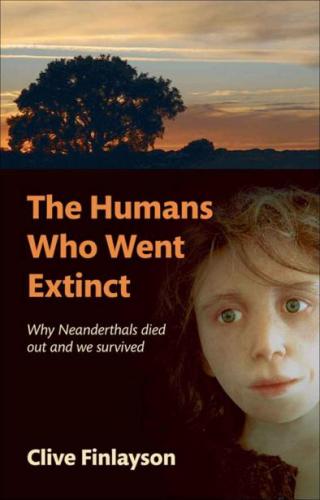
Аннотация
Neanderthals and Modern Humans develops the theme of the close relationship between climate change, ecological change and biogeographical patterns in humans during the Pleistocene. In particular, it challenges the view that Modern Human ‘superiority’ caused the extinction of the Neanderthals between 40000 and 30000 years ago. Clive Finlayson shows that to understand human evolution, the spread of humankind across the world and the extinction of archaic populations we must start off from a theoretical evolutionary ecology base andincorporate the important wider biogeographic patterns, including the role of tropical and temperate refugia. His proposal is that Neanderthals became extinct because their world changed faster than they could cope with, and that their relationship with the arriving Modern Humans, where they met, was subtle.
Clive Finlayson is Director Museums and Heritage in the Government of Gibraltar, based at the Gibraltar Museum. He is also Professor in the Department of Anthropology at the University of Toronto. His research interests include Quaternary human-environmental patterns, the biogeography of hominids, and changing environments and faunal patterns in the Quaternary of southern Europe.
![Всего лишь 28 000 лет назад в пещерах у Гибралтарского пролива закончилась эпоха неандертальцев. Мы привыкли считать их грубыми, неуклюжими и не слишком... Вымершие люди: почему неандертальцы погибли, а мы — выжили [The Humans Who Went Extinct: Why Neanderthals Died Out and We Survived — ru]](https://www.rulit.me/data/programs/images/vymershie-lyudi-pochemu-neandertalcy-pogibli-a-my-vyzhili-th_846296.jpg)











Комментарии к книге "Neanderthals and Modern Humans. An Ecological and Evolutionary Perspective"